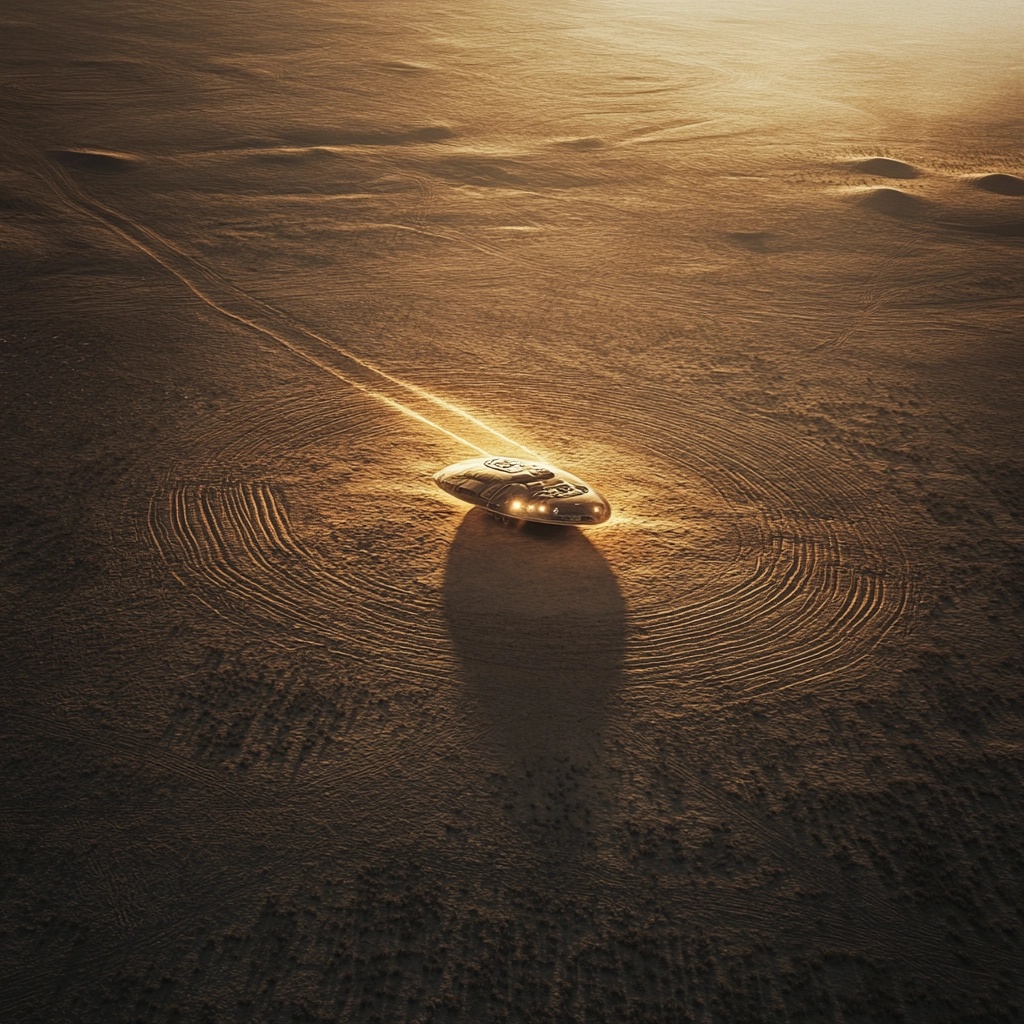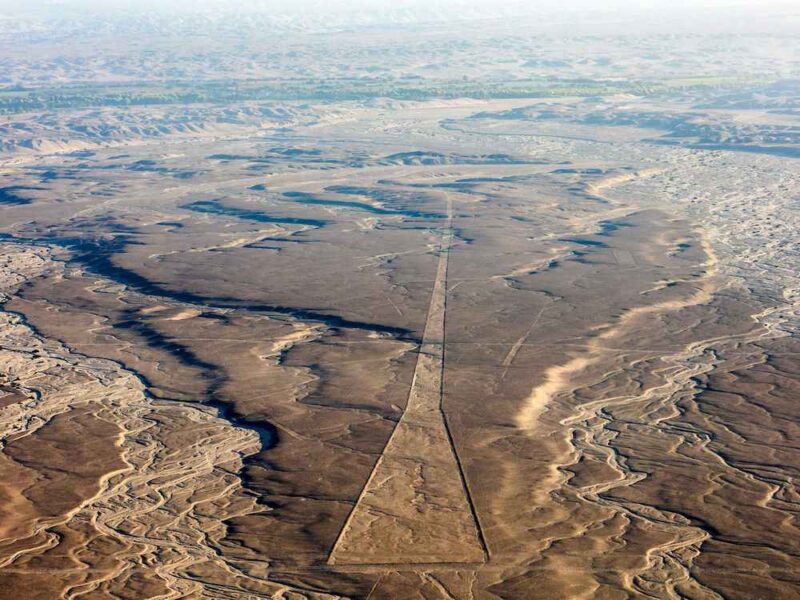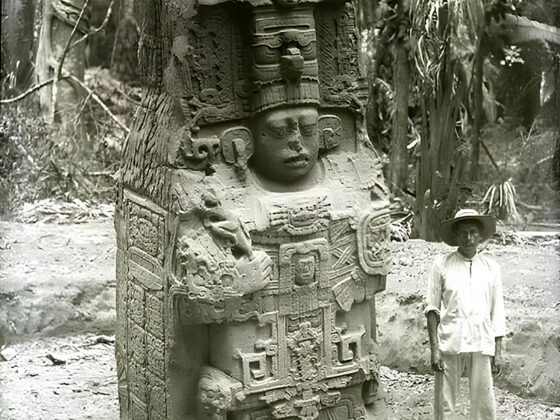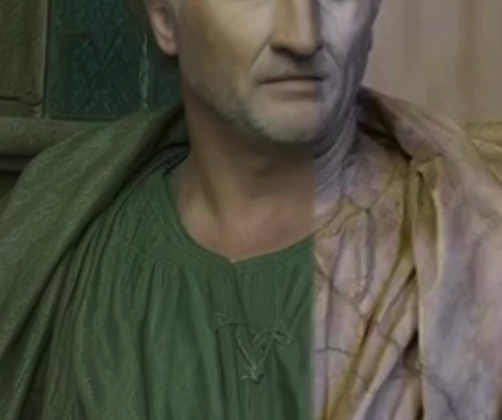The Nazca desert in southern Peru contains numerous long, straight lines and geometric shapes etched into the landscape, known as the Nazca lines. Some of these linear features resemble modern runways or airstrips, leading to speculation about their purpose and origin.
These “runway” features are actually large trapezoids – long, flat areas with raised borders. They range from 50 to 200 meters wide and can be up to several kilometers long. Like the other Nazca lines, they were created by removing the dark surface pebbles to expose the lighter-colored ground underneath.
Archaeological evidence indicates the lines were made by the Nazca culture between 500 BCE and 500 CE. Scholars believe they were created gradually over many centuries. The purpose of these particular shapes remains debated, but most researchers do not believe they were actually used as runways for aircraft.
Some theories suggest the trapezoids may have been ceremonial pathways used for ritual processions. Others propose they were spaces for gatherings or offerings related to water and fertility rituals, as water was scarce in the desert environment. The straight edges may have had astronomical alignments.
Alien Landing Strips?

While some fringe theories claim the lines were landing strips for alien spacecraft or evidence of advanced ancient technology, there is no archaeological evidence supporting these ideas. The lines could be created using simple tools and techniques available to the ancient Nazca people.
Ongoing research continues to investigate the exact methods of construction and purposes of the Nazca lines, including the runway-like trapezoids. Their impressive scale and precision continue to inspire curiosity about this ancient culture’s motivations and capabilities.










